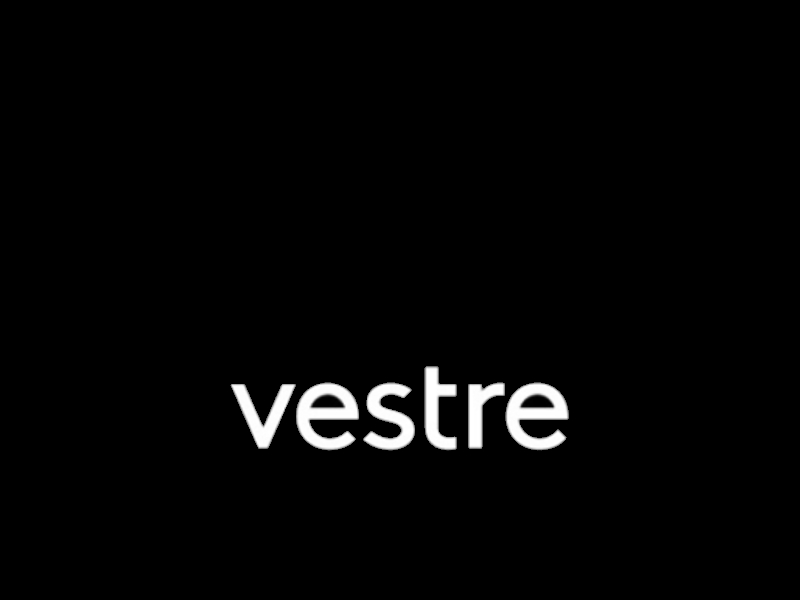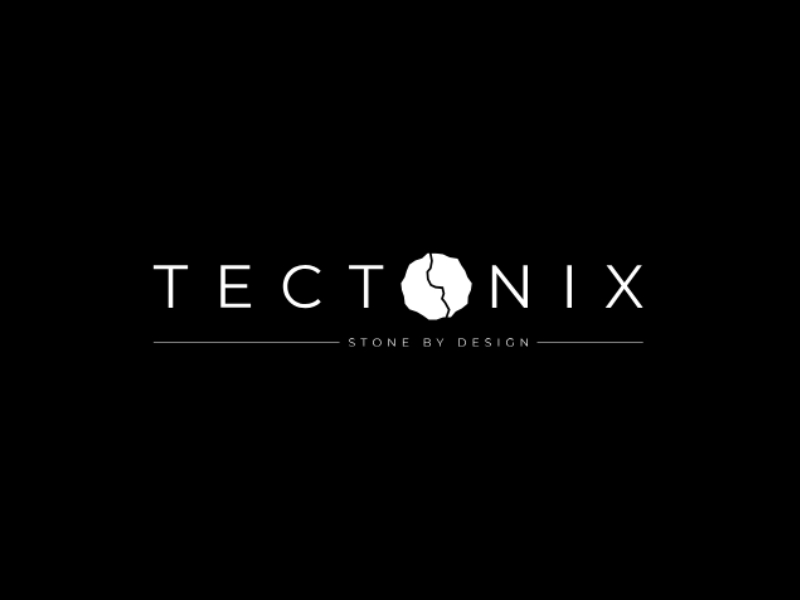Project showcase
Mixity, Haarlemmermeer, The Netherlands – Schiphol Area Development Company with Arup and Karres en Brands

This new development, located in Haarlemmermeer, is where the countryside and the city of Amsterdam merge, creating an opportunity to connect regional green and cultural infrastructure, to build a future metro line and create liveable densification in the vicinity of mobility hubs.
Where is the project located?
Rijnlanderweg 916, 2132 MN Hoofddorp
Who is the developer/client of the project?
Schiphol Area Development Company (SADC)
Describe the context of this project, its neighbourhood and people?
The new development Mixity in Schiphol Trade Park (STP)is located next to Hoofddorp city in Haarlemmermeer municipality in the Netherlands. Haarlemmermeer is the southern part of the Metropolitan region of Amsterdam and appointed as centre for urban growth. Before the reclamation (1849-1852), the Haarlemmermeer was only an enormous expanse of water. Nowadays the Polder Landscape is still the basis of development, but the area has grown into a dense urban area with inhabitants of a diverse background because of its central location, proximity to Schiphol airport, Hoofddorp centre, and Leiden- The Hague. In Haarlemmermeer, countryside and city come together and there is a mix of scenic quietness in its agricultural polder landscapes and active city life in its urban centres.
Though the STP station area is adjacent to Hoofddorp station and only two kilometers from Hoofddorp’s centre, it currently merely hosts a few large-scale logistics buildings. A potential future metro line connecting STP station area to Amsterdam, and the site’s strategic location within the International Enter [NL] business corridor gives it a crucial role in the realization of the city’s city centre expansion plans and of SADC’s market ambition of creating liveable densification around multimodal mobility hubs. The site also adjoins hugely significant (and UNESCO World Heritage recognized) regional green and cultural infrastructure the Stelling of Amsterdam - a former defence line of dykes and fortifications protecting Amsterdam, of which the existing Geniedyke, and future Genie Park, are a part of.
Please describe your approach to this future place and its mix of uses. How will it function as a vibrant place? How does it knit into, and serve the needs of the wider area?
Responding to the pressures of urbanization on the liveability of urban areas and our living and working environment, Mixity will be developed into a new Hoofddorp City-district. The ambition is to develop a high-quality work, education and recreation environment with a diverse and distributed program at the district level and at the plot level through multi-tenant buildings. The aim is to not only create added value for companies and employees, but also for the surrounding the surrounding residential areas, existing business communities and traveling users from Schiphol. To respond to future development needs, the development is based on a framework integrating a flexible urban structure with blue/green networks that is derived from the logic of the polder land subdivision.
Interwoven with The Stelling of Amsterdam, a symbiosis between users, visitors and local qualities will lead to creating a thriving human-centred and nature inclusive business environment. The Mixity area is a location where start-ups, schools and businesses are given the opportunity to experiment and showcase their innovations/products. It’s a place for everyone where, in addition to work, there is also room for training, hotels/short-stays, leisure and conference/meetings. After working hours and in the weekends, bars, restaurants, sports and health facilities are open, but art and festivities activate the public area. These are open to the public and create the feeling of a community club house, which is particularly important to bring new and emerging communities of the wider Hoofddorp district together and provide them with places they are currently lacking of.
What is the environmental impact of the project? How will the carbon use and material impact of the development be mitigated? What is the sustainability strategy? Please provide any evidence or data.
With the climate agenda in the back of our mind, Mixity answers to the need of respecting planetary boundaries and restoring biodiversity by promoting a range of measures, from actively promoting walking and cycling to accelerating the transition to a circular economy. The Station Area development is guided by principles of sustainability and circularity that advocate for smart and minimal resource use in the urban area and maximum ecological renewal in the Geniepark.
The management of water is central to the development and plays a significant role in habitat and biodiversity provision while contributing to placemaking by marking key entries and thresholds to the site, interpreting the defensive role of flooding, management of microclimates and provision of new recreation opportunities. The new landscape structure follows the existing regional polder logic but responds to infrastructural needs of smaller scale present in the district related to stormwater collection, storage, infiltration, treatment, and distribution.
Furthermore, a progressive approach towards sustainable mobility is undertaken by encouraging modal shift and reducing peak-hour demands via flexible work hours. This is supported by active travel infrastructure provision of pedestrian-friendly streets, integrated public transport, efficient servicing for businesses and logistics and overall reduction of motorized traffic movements.
With regards to clean and sustainable energy, the off-grid, modular system makes use of renewable energy resources through low-heat energy systems combined with solar panels. Attention is also placed in passive design methods, providing an optimal microclimate using building orientation and green-blue spaces against direct wind and sun or heat impact.
Describe the social impact of the project: How will this future place contribute to the economic, environmental and social wellbeing of its citizens? Please provide any evidence or data.
Mixity is derived from the integration of the various layers (community, activity, mobility, landscape, heritage and site context), crafted to achieve a better, greener, more sustainable and more human-centered place which contributes to the broader social, economic and environmental resilience of the city of Hoofddorp.
The development will be the engine of the regional economy providing fertile space for 400.000sqm new businesses, supporting competitiveness and innovation. At the same time, a future is envisioned where people and communities are the central focus where 75.000sqm of in between spaces and 25 ha green parkspace allow for interaction and cross-fertilization. About 60% of recalibrated working environments and inclusive workplace typologies are combined with 40% public amenities, wellness and recreation for the site’s users, nearby residents and visitors, easily accessible via a new passerelle and clean, active modes of transport.
Mixity will cater and positively impact a range of user groups, promoting inclusivity and diversity, activated by several types of core users: employees and students, neighbouring residents and event-and business visitors. There is a mix of distinctive character areas with specific identities. Spaces for collaborative working, social engagement, leisure and commercial activity are present in the promenade and its living plinth and spaces for introspection and relaxation are present in gardens and private courtyards created within buildings and as an extension of the framework’s green infrastructure corridors. The mix of work life, leisure and the rich sequence of landscapes and interactions allow for a balanced contribution to people, the environment and the economy.
Festival of Pineapples
24-26 February 2026
Pineapples prize giving night
April
Pineapples at Festival of Place
10 June 2026
© The Pineapples - Tweak Ltd. 124 City Road, London, EC1V 2NX. Tel: 020 3326 7238



